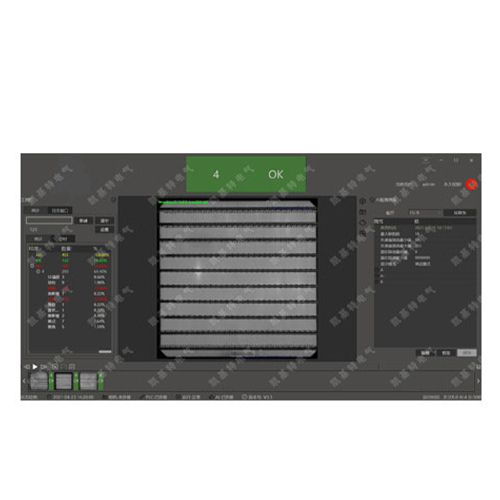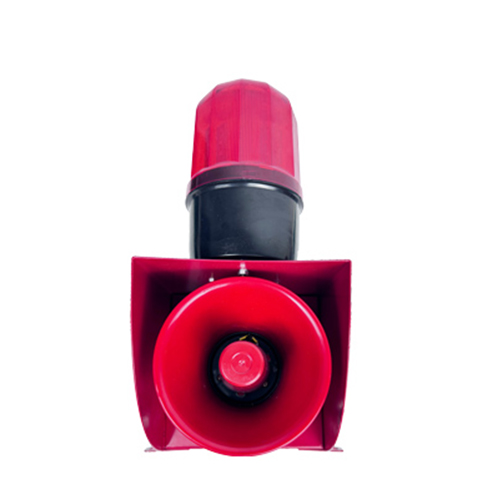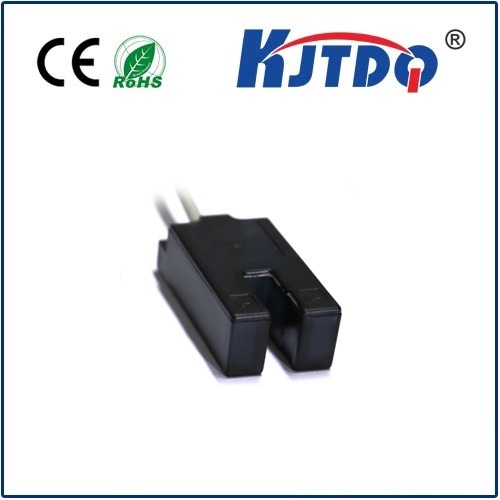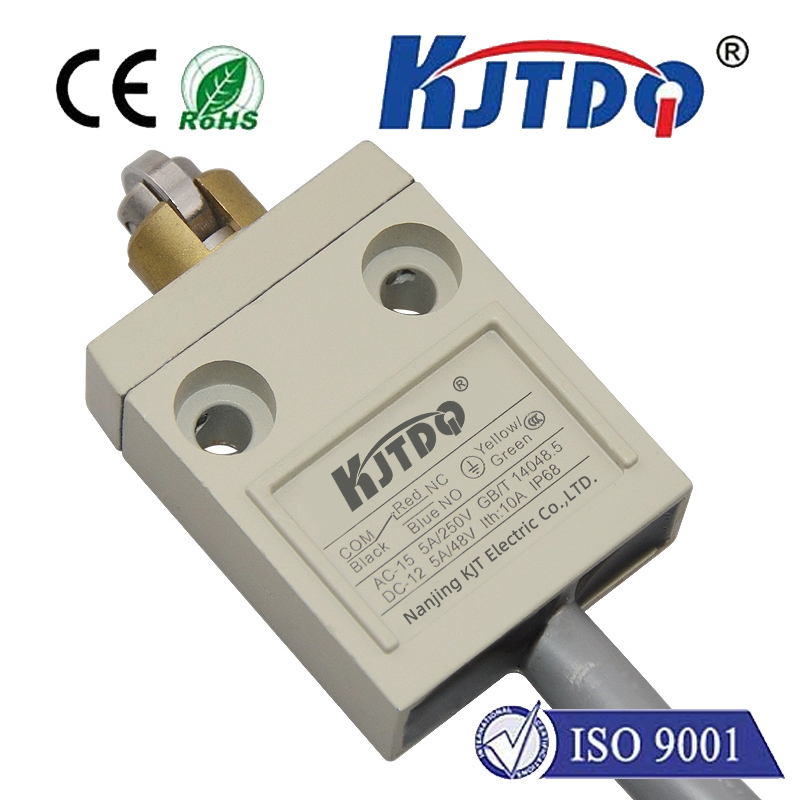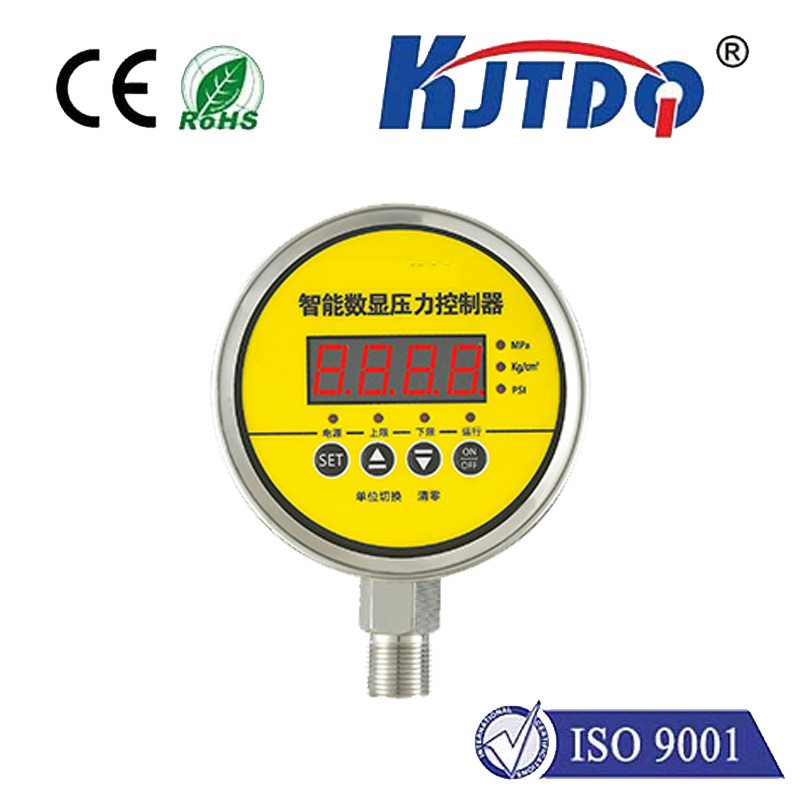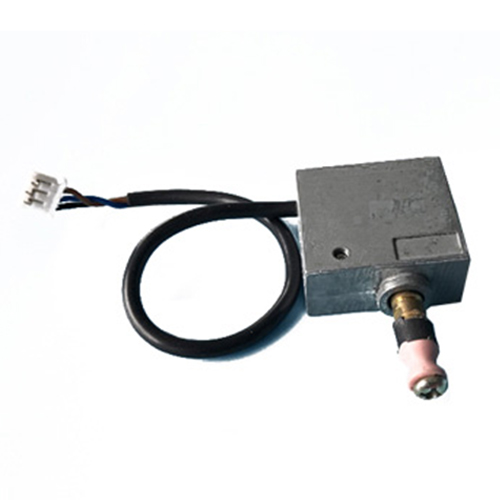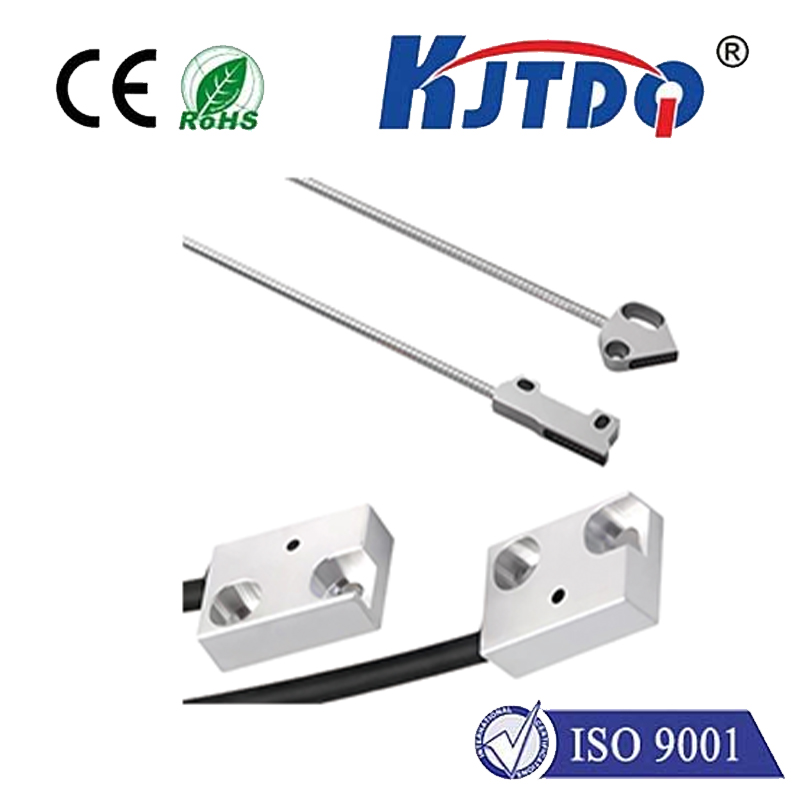

check

check

check

check

check

check

check

check

check

check
Title: Understanding the Importance of Gas Furnace Safety Switches
Gas furnace safety switches are essential components of gas furnaces that help prevent accidents and ensure the safe operation of the appliance. These switches work by detecting when the furnace is in use and shutting off the gas supply when it is not needed, preventing dangerous levels of gas from building up in the home. It is critical to understand how these switches work and their importance in maintaining the safety of your home. In this article, we will explore the functions of gas furnace safety switches and why they are so crucial for protecting your family and property.
1. The Role of Gas Furnace Safety Switches
Gas furnace safety switches are typically located near the main fuel line or near the thermostat. They consist of two parts: a switch mechanism that detects when the furnace is in use or not, and an armature armature that moves to either the "on" or "off" position depending on the state of the switch. When the furnace is turned on, electricity flows through the circuit, which activates the switch mechanism. If the furnace is not in use, the switch mechanism will detect this and move the armature to the "off" position, thus shutting off the gas supply. This ensures that no dangerous levels of gas can build up in the home, reducing the risk of carbon monoxide poisoning and other accidents.
2. How Gas Furnace Safety Switches Work
Gas furnace safety switches operate based on a simple principle: when there is power to the furnace, they turn on; when there is no power, they turn off. The switch mechanism consists of several components, including a magnetic contactor that opens and closes when there is a change in current flow. The armature is a metal piece that moves back and forth within the switch mechanism when power is applied to it. When the furnace is turned on, current flows through the circuit, activating the switch mechanism and moving the armature to the "on" position. When power is cut off to the furnace (e.g., by turning off a thermostat or closing a door), the current flow stops, and the armature moves back to its "off" position, shutting off the gas supply.
3. Advantages of Using Gas Furnace Safety Switches
Using gas furnace safety switches offers several advantages over older models that did not have this feature. Some of these benefits include:
* Enhanced Safety: Gas furnace safety switches significantly reduce the risk of gas leaks and explosions, as they automatically shut off the gas supply when not in use. This helps protect your family and property from potentially life-threatening situations.
* Cost-Effective: By preventing accidents and reducing energy consumption, gas furnace safety switches can help lower utility bills and save you money in the long run.
* Easier Maintenance: Gas furnace safety switches require minimal maintenance compared to other parts of the furnace system. They do not need to be cleaned or replaced frequently, making them a low-maintenance addition to your home.
In conclusion, gas furnace safety switches play a crucial role in ensuring the safety and reliability of your gas heating system. By understanding how these switches work and their importance in maintaining your family's well-being, you can make informed decisions about upgrading or maintaining your furnace equipment. Always consult with a qualified professional before making any changes to your gas heating system to ensure that you comply with all local regulations and safety standards.
